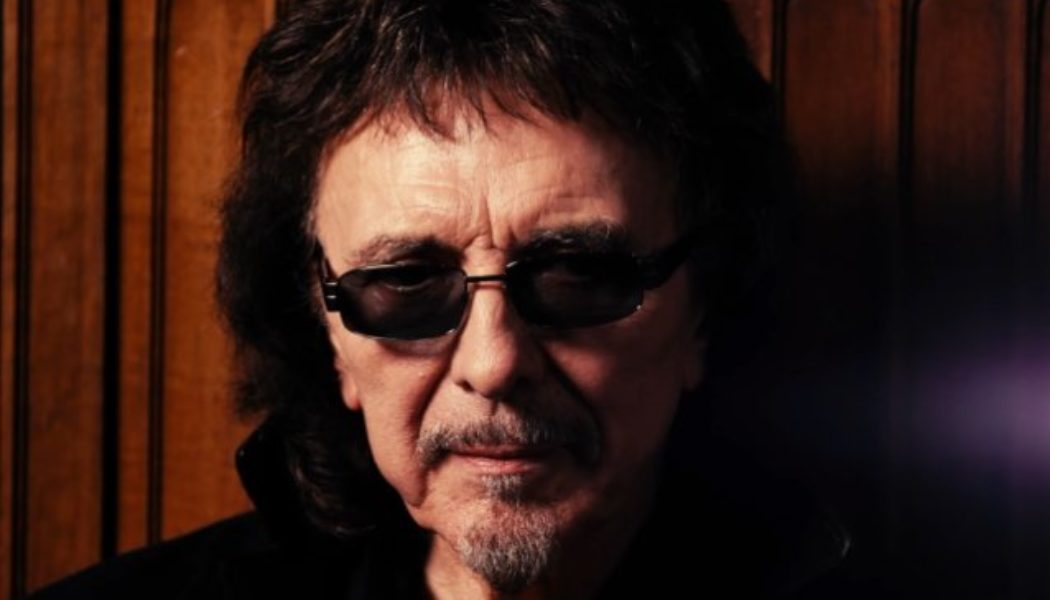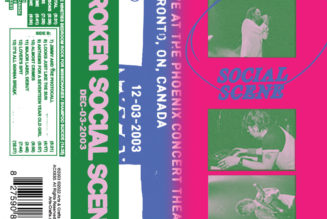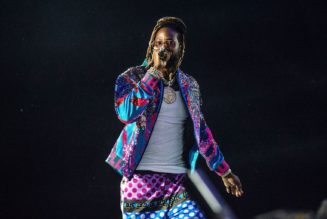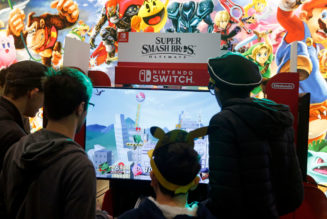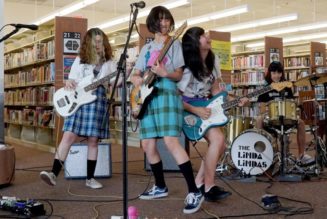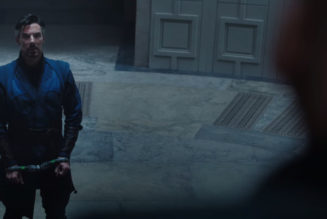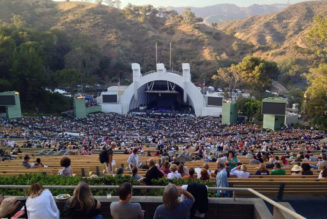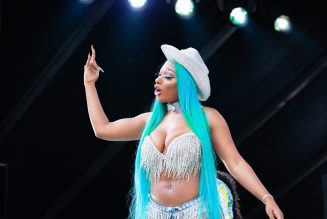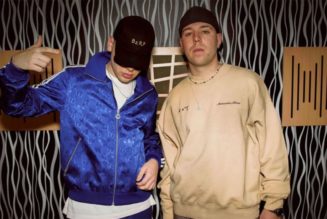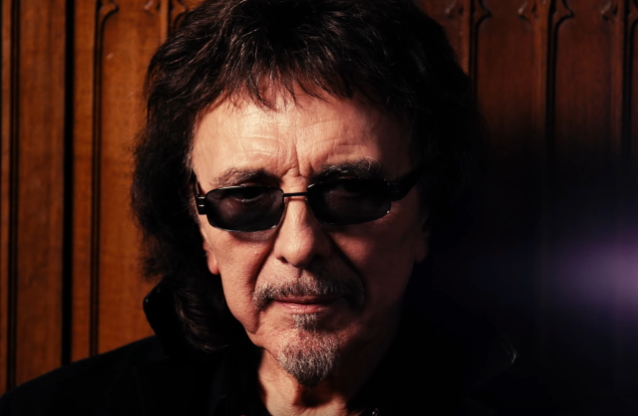
BLACK SABBATH guitarist Tony Iommi‘s iconic riffs, heavy tones, and massively influential albums created the blueprint for heavy metal and many other genres to follow. His career, like the man himself, is universally loved and revered. And while his innovative tuning and playing styles were a major part of his monstrous tones, a heavily modified 1964 Gibson SG was at the center of it all. Now Gibson USA has made a guitar based on the iconic original that launched countless heavy riffs, with a mahogany body, bound mahogany neck with a rounded profile, Indian rosewood fretboard with 22 frets, a Graph Tech nut, Grover Rotomatic tuners with contemporary style buttons, and chrome-covered P-90 pickups. A reproduction of Tony‘s “Monkey” sticker is included in the case. A left-handed version is also available.
This USA production model comes just over a year after Gibson created the Tony Iommi “Monkey” 1964 SG Special Replica, a heavily modified 1964 SG Special that was used extensively with the original lineup of BLACK SABBATH and heard on every album and tour of the 1970s.
Instantly identified by the cartoon monkey sticker, Iommi‘s 1964 Special SG became the main instrument when the bridge pickup on Tony‘s white Stratocaster failed after BLACK SABBATH recorded “Wicked World” on the “Black Sabbath” album. It was not, however, without its problems. Due to the thin neck profile at the heel, there were always tuning stability problems and the single coil pick ups were always susceptible to picking up interference.
The guitar was donated by Tony to the Hard Rock Café organization and is on display at the Times Square location in New York City.
Speaking to Guitarist magazine, Iommi stated about his original guitar: “All the first four or five albums it was used on — and bits on the others after that. Eventually, I retired it, because I was worried about taking it on the road. ‘Cause it used to always travel with me in the room, and I’d never lose sight of it — I wouldn’t leave it on its own, you know, in case somebody nicked it. Because that was — for me, I couldn’t just pick up another guitar; it had to be right. So it was really precious for me. And I was really worried about it, if I left it in a room and if somebody took it. ‘That’s it. I’m finished. No gigs.’ ‘Cause I didn’t have a backup of it.
“I was always very careful with it — I mean, I really was,” he continued. “On the flights, I’d always have it with me. Which is another thing — later on, you couldn’t take ’em on the plane and stuff like that. So eventually, I retired it. And I felt sad about it being stuck in a case, really, at home. And that’s where the Hard Rock [Café] came in. I thought it’d be better if people could see it in a showcase than me having it tucked away with another load of guitars in a box, you know?”
